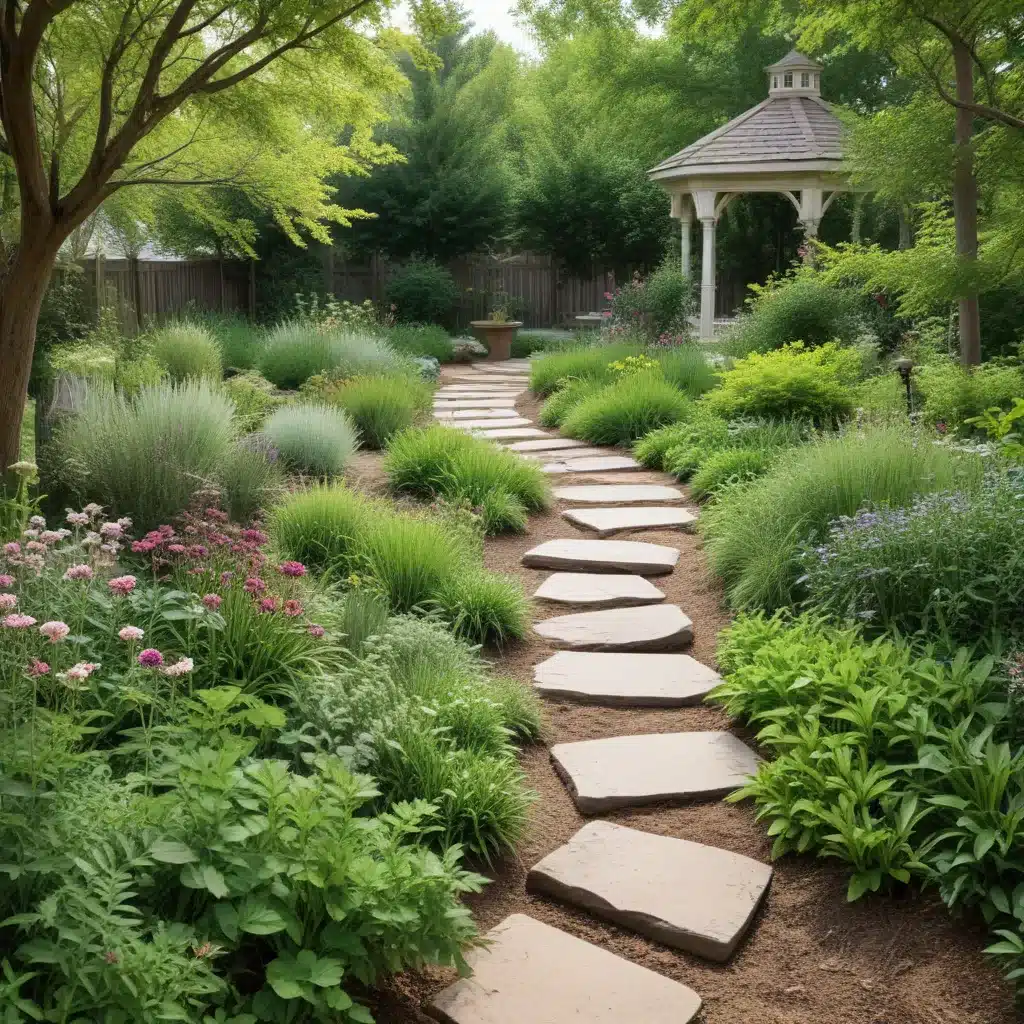
Unlocking the Potential of Abandoned Spaces
As seasoned construction professionals and interior designers, we understand the profound impact that revitalizing neglected landscapes can have on communities. Abandoned brownfield sites, once symbols of neglect, hold untapped opportunities for transformation. While grand visions may capture our imagination, it is crucial to explore practical ideas that can genuinely breathe new life into these spaces, making them vibrant and functional once again.
In this comprehensive guide, we will delve into a range of strategies and insights that can help you unlock the potential of underutilized outdoor areas, transforming them into thriving community hubs. From adaptive reuse and mixed-use developments to the integration of green spaces and sustainable practices, we’ll equip you with the knowledge to breathe new life into these forgotten landscapes.
Embracing Adaptive Reuse: Preserving the Past, Shaping the Future
One of the most effective ways to revitalize neglected outdoor areas is through the process of adaptive reuse. By repurposing existing structures, such as converting old factories into modern office spaces or warehouses into creative lofts, we not only preserve historical value but also reduce demolition waste and maintain the character of the site. This sustainable approach breathes new life into these forgotten spaces while honoring their past.
Fostering Community Engagement through Mixed-Use Developments
Another effective approach to revitalizing neglected landscapes is through the creation of mixed-use developments. By integrating residential, commercial, and recreational spaces within a cohesive plan, communities can foster a sense of integration, convenience, and maximized land utilization. This holistic approach not only breathes new life into the site but also promotes community engagement and a thriving local economy.
Harnessing the Power of Technology in Public Spaces
As technology continues to shape our urban landscapes, the integration of innovative digital solutions can greatly enhance the revitalization of neglected outdoor areas. The Knight Foundation’s investment in initiatives like the High Line Network and Miami’s Underline project demonstrates the transformative potential of technology in public spaces.
Cultivating Green Spaces: Fostering Sustainability and Community Wellbeing
The integration of greenspaces and parks into neglected outdoor areas not only enhances the aesthetic appeal of these spaces but also provides invaluable benefits to the community. By transforming vacant lots or contaminated areas into beautifully landscaped parks, residents can enjoy nature, exercise, and socialize, improving their mental well-being and fostering a sense of community pride.
These green spaces can also catalyze private investment and revitalization of surrounding properties, creating a positive ripple effect within the neighborhood. Furthermore, the incorporation of community gardens and urban agriculture initiatives on these sites can contribute to food security and sustainability, engaging residents in healthier eating habits and local food production.
Embracing Sustainable Practices: Repurposing for a Greener Future
Revitalizing neglected landscapes presents an opportunity to embrace sustainable practices that benefit both the environment and the community. One such approach is the transformation of brownfield sites into renewable energy installations, such as solar or wind farms. By repurposing these often unproductive or contaminated areas for clean energy generation, we can contribute to a sustainable future while utilizing land that would otherwise remain underutilized.
Fostering Economic Opportunities and Community Empowerment
Revitalizing neglected landscapes can also serve as a catalyst for economic growth and community empowerment. By repurposing these areas as light industrial and manufacturing zones, communities can attract entrepreneurs, foster innovation, and stimulate local economies. The creation of spaces for small-scale manufacturing, workshops, and start-up incubators can provide employment opportunities and support the development of new businesses.
Furthermore, transforming these sites into educational facilities or vocational training centers can empower individuals, providing access to quality education and skills development. This not only benefits the local community but also contributes to the overall economic prosperity of the region.
Preserving Cultural Heritage and Promoting Tourism
Neglected landscapes often hold historical significance, and their revitalization presents an opportunity to preserve and celebrate cultural heritage. By rehabilitating and restoring historical buildings on these sites, while ensuring compliance with modern building codes, communities can retain architectural beauty and historical significance. This, in turn, can attract new residents, visitors, and businesses, supporting local economies and fostering a sense of pride and belonging within the community.
Conclusion: Embracing the Potential of Neglected Landscapes
Revitalizing neglected landscapes is a complex and multifaceted endeavor, but it holds immense potential for transforming communities. By embracing a range of practical strategies, from adaptive reuse and mixed-use developments to the integration of green spaces and sustainable practices, we can breathe new life into these forgotten areas, creating vibrant and functional spaces that serve the needs of the community.
Whether you are a construction professional, an interior designer, or a community leader, we encourage you to explore the possibilities of revitalizing neglected landscapes. By working collaboratively with local stakeholders and leveraging innovative solutions, you can unlock the untapped potential of these underutilized outdoor areas, fostering a more sustainable, inclusive, and thriving community.
To learn more about our expertise in construction, interior design, and sustainable practices, visit https://localbuilderlondon.co.uk/. Our team of seasoned professionals is ready to assist you in transforming your vision for neglected landscapes into reality.


